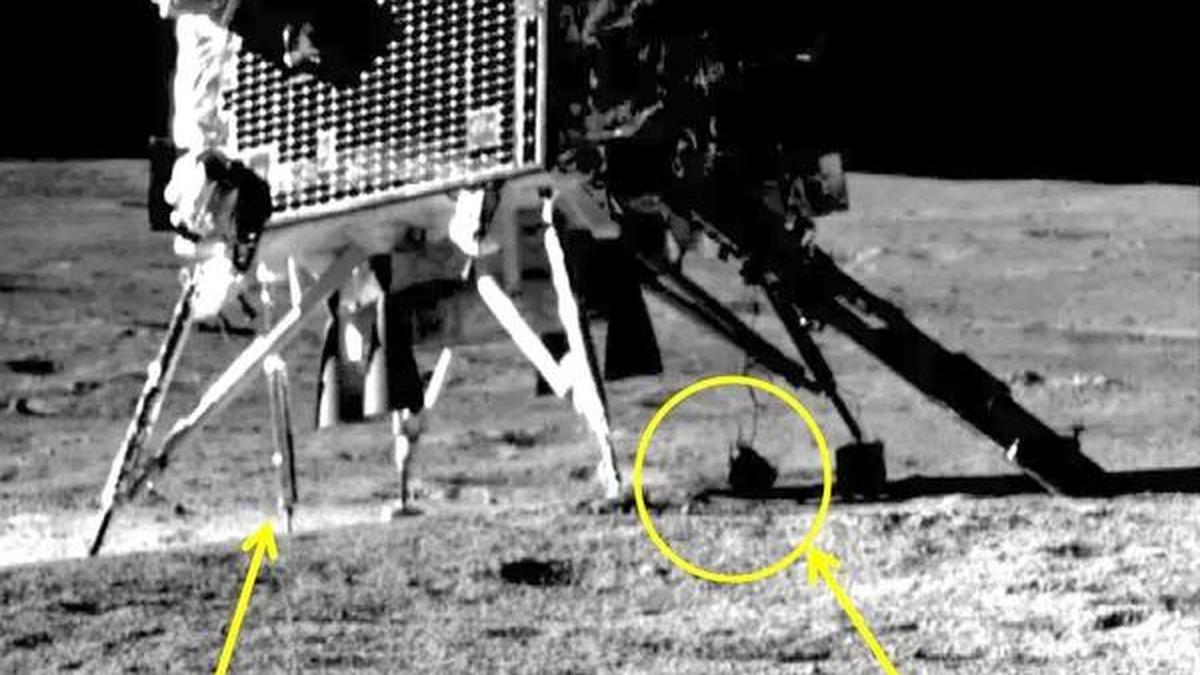
Chandrayaan’s ChaSTE scores a first after taking moon’s temperature Premium
The Hindu
ChaSTE probe on Chandrayaan-3 successfully measures moon's temperature, surpassing previous missions' struggles with thermal probes.
As the Vikram lander of Chandrayaan-3 touched down on the moon on August 23, 2023, a thermal probe tucked snugly in its panels, slowly worked itself free and stretched its arms. Its motors started to whir, sending the little probe into the soil. Once the probe reached its intended depth, it clicked in place with a latch.
This is Chandra’s Surface Thermophysical Experiment (ChaSTE) — the first instrument to measure temperatures in situ near the moon’s south pole. Scientists used this data to report that water ice is more prevalent on the moon than expected.
ChaSTE also became the first mission to successfully penetrate the soil of a celestial body to deploy a thermal probe after two previous missions had fallen short.
The ChaSTE probe features 10 temperature sensors spaced about 1 cm apart along its length, near the nose-tip. It uses a rotation-based deployment mechanism.
When its motor rotates, ChaSTE’s probe needle pushes down until its tip touches the moon’s surface. By monitoring the temperature from the sensor at the end of the probe, scientists can identify if it has touched the surface. As the probe continues to pierce, the soil offers more and more resistance. This requires the motor to exert greater force. That is how scientists confirm how far the probe has descended.
ChaSTE tunnelled into the soil to a final depth of 10 cm, then collected measurements throughout the Chandrayaan-3 mission, until September 2, 2023.
In November 12, 2014, the European Space Agency’s Philae lander, hitchhiking on the Rosetta spacecraft, landed on comet 67P/Churyumov-Gerasimenko. But it bounced — twice. Its Multi-Purpose Sensors for Surface and Subsurface Science (MUPUS) instrument onboard was designed to measure temperature by digging into the terrain. However, scientists couldn’t deploy it due to the awkward landing position Philae found itself in on that desolate icy rock, 500 million km away.





















 Run 3 Space | Play Space Running Game
Run 3 Space | Play Space Running Game Traffic Jam 3D | Online Racing Game
Traffic Jam 3D | Online Racing Game Duck Hunt | Play Old Classic Game
Duck Hunt | Play Old Classic Game











